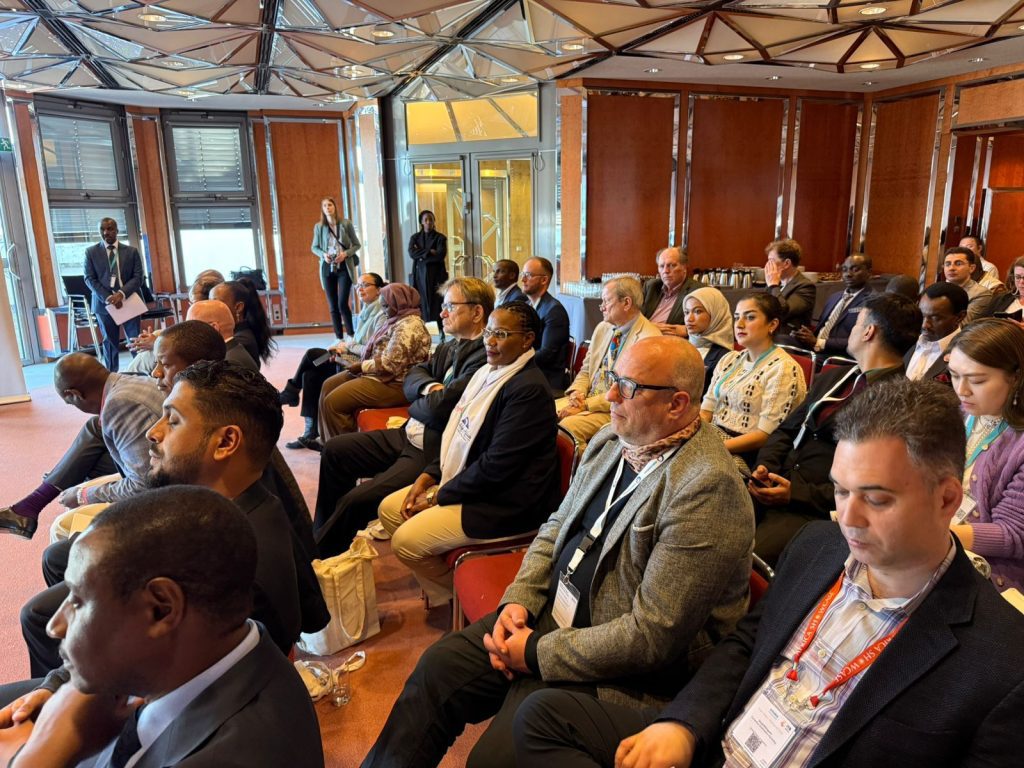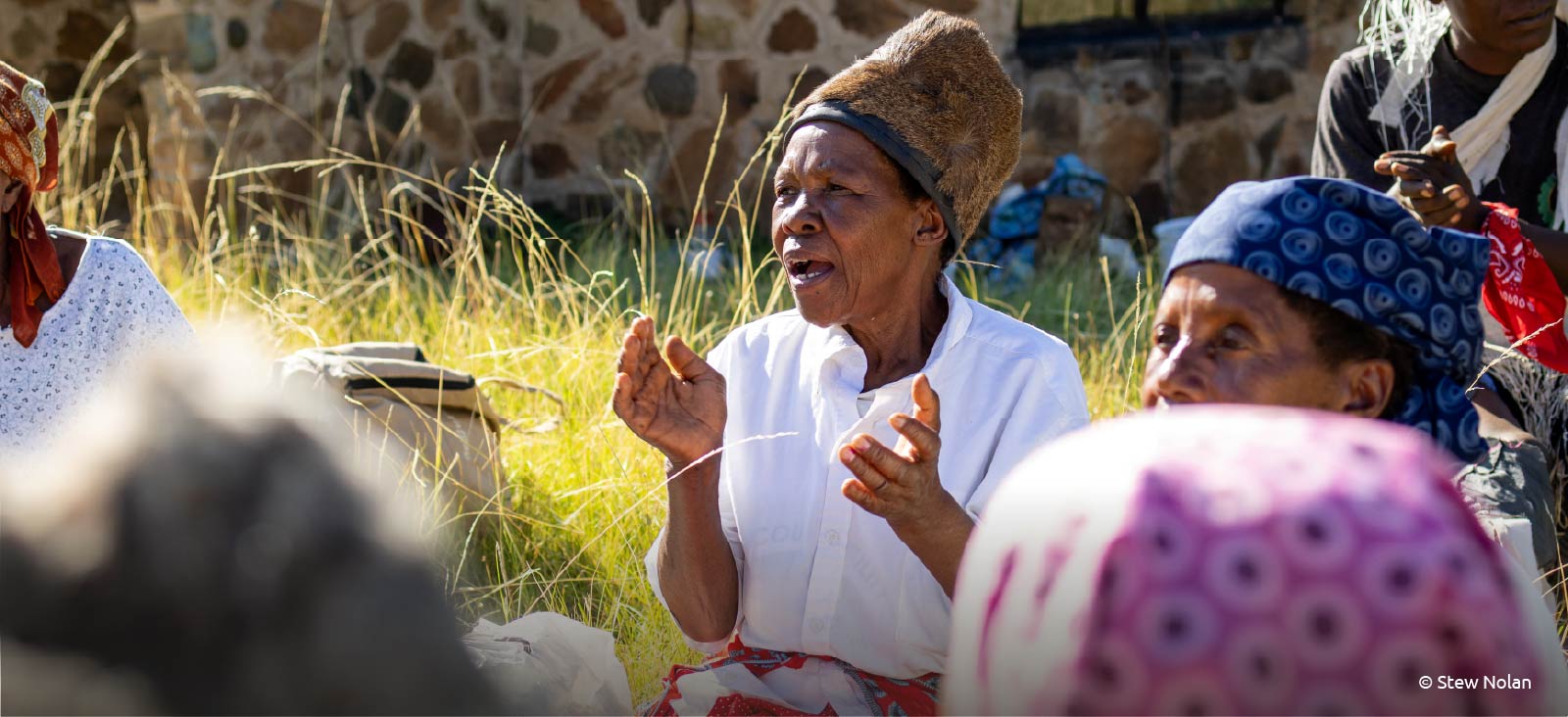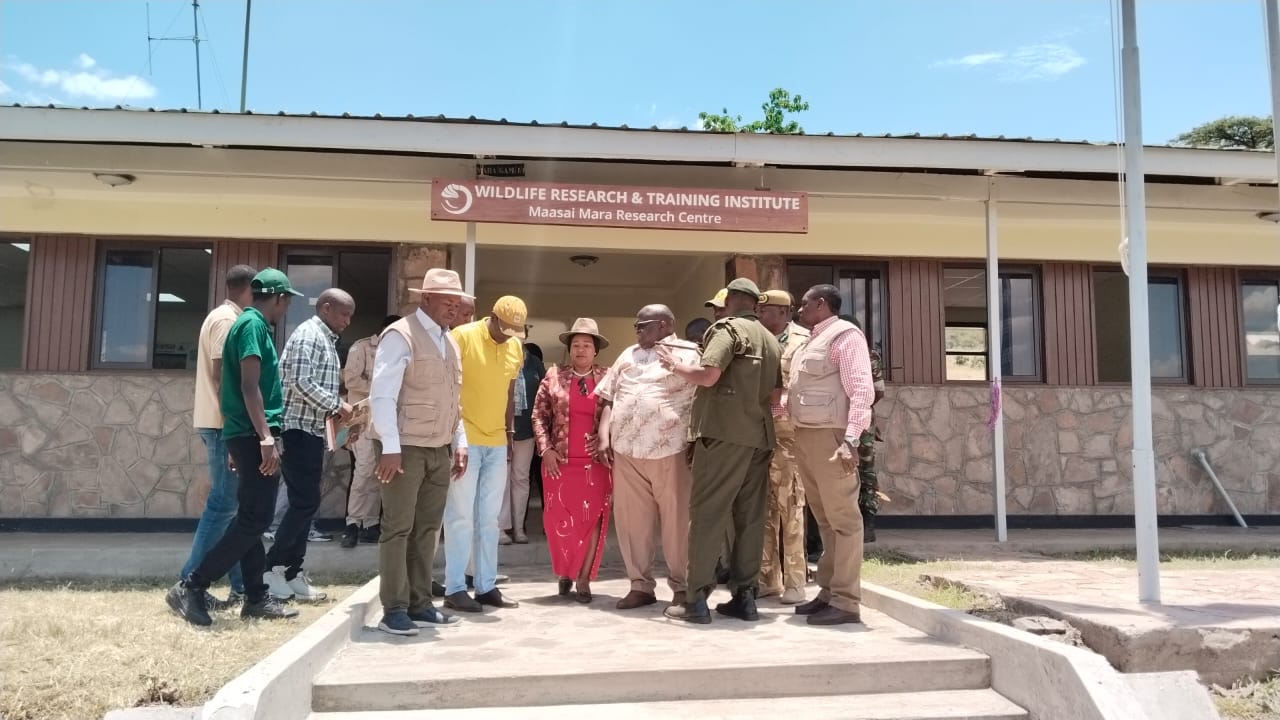Hundreds of tourism stakeholders attending the International Tourism Bourse (ITB) Berlin, witnessed the unveiling of the “Visit East Africa – Feel the Vibe” brand. This groundbreaking initiative aims to collectively promote the East African Community (EAC) as a single tourist destination.
Various stakeholders welcomed the move, recognizing it as a significant step toward enhancing regional tourism while ensuring the sustainable tourism practices.
Speaking at the event, the Chief Guest, Hon. John Ololtuaa, Chair of the Sectoral Council on Tourism and Wildlife Management and the Principal Secretary of Kenya’s State Department for Tourism, emphasized the importance of striking a balance between competition and collaboration among EAC Partner States.
He noted that while the region offers similar tourism experiences, embracing the spirit of “co-opetition”, a model where countries engage in healthy competition while actively cooperating, will be key to maximizing East Africa’s collective tourism potential.
Hon. Ololtuaa also highlighted that the EAC has developed a Common Classification Criteria for tourism accommodation establishments, restaurants, and conference facilities as well as minimum standards for various tourism service providers. These initiatives ensure uniform quality standards across the region, enhancing visitor experiences and boosting East Africa’s competitiveness as a premier tourism hub.
Representing the EAC Secretary General, the Head of the EAC Secretariat Tourism and Wildlife Department, Mr. Simon Kiarie, underscored the Secretariat’s commitment to strengthening the region’s tourism sector. Mr. Kiarie highlighted the development of an online capacity-building platform designed to enhance the skills of EAC’s tourism practitioners and service providers, featuring topics such as, implementation of sustainable tourism practices in product development, which are key focus points in the current tourism business environment.
“The platform ensures our industry professionals remain competitive and adapt to the changing global trends and costumer needs,” he said.
In a bid to position East Africa as a unified tourism destination, the EAC has been organizing Regional Tourism Expos, rotating among Partner States. These expos aim at bringing together service providers, buyers, and media to showcase the region’s diverse offerings. Additionally, the Community is developing a “Visit East Africa: Feel the Vibe” promotional video, which will be distributed digitally to enhance the region’s visibility and global appeal.

On his part, Marc Stalmans, the EU Head of Cooperation for the United Republic of Tanzania and the EAC, noted that the European Union is proud to support this transformative vision through the EU LIFTED project. He emphasized that by leveraging European agencies’ capacity to attract international tourists and East African operators’ deep understanding of the region, the EAC can develop tourism products that not only meet global demand but also celebrate and preserve local traditions and ecosystems.
Speaking at the event, Julia Hannig, Head of Division East Africa at the German Federal Ministry for Economic Cooperation and Development (BMZ), stated that a unified brand like “Visit East Africa: Feel the Vibe” strengthens the region’s competitive edge. Germany had initially supported the development of the brand, while its promotion is now being supported under #TeamEurope. “This initiative makes it easier for global travelers and investors to recognize East Africa as a top destination. It also demonstrates the EAC’s commitment to sustainable tourism, balancing economic growth with environmental and cultural preservation,” she stated.
On behalf of the German private sector, Mr. Christoph Kannengießer, CEO of the German-African Business Association pointed out that tourism was a vehicle for triggering investments as tourists would often times return to invest in a country. Additionally, he noted that private sector cooperation between Germany and East Africa – in tourism and beyond – would be mutually beneficial while initiatives like joint regional branding could support business partnerships.
Beyond the launch, discussions were held on how East Africa, under its new brand, could embrace sustainability. The event was graced by Honorable Deputy Ministers of the United Republic of Tanzania and the Federal Republic of Somalia, Honorable Ambassadors of Rwanda and Kenya to Germany, along with Chairpersons and CEOs of Tourism Boards, EU-based tour operators, and international tourism journalists.
Under the banner of “Visit East Africa: Feel the Vibe,” the region is not only showcasing its unparalleled beauty and cultural richness but also reinforcing East Africa’s appeal as a seamless, multi-destination experience.
The EAC recorded approximately 8.5 million international tourist arrivals in 2024, compared to pre-COVID levels of 7.7 million in 2019. By promoting the ‘Visit East Africa: Feel the Vibe’ brand alongside national tourism brands, the EAC hopes to surpass 11 million tourist arrivals by the end of 2027.
Source : East African Community



